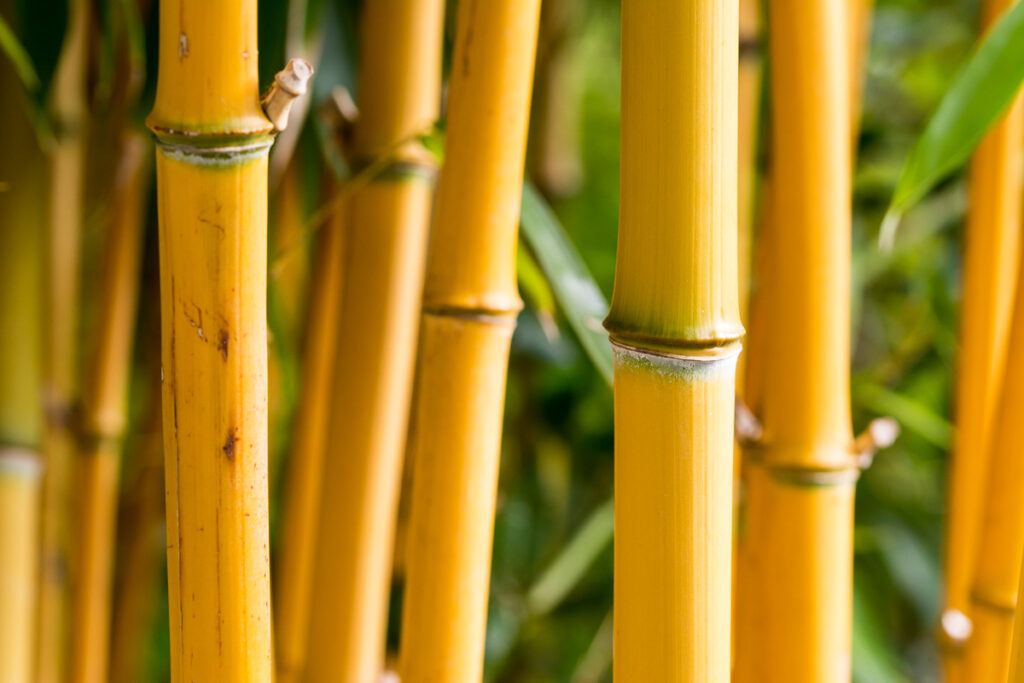
Sound can often take a back seat in gardens as most people tend to favour elements for our other senses. Do you know what sounds are in your garden? There will no doubt be bird song but can you hear any others? Sit out one day for 10 or 15 minutes and make a note of all the different sounds you can hear. Are the sounds in your garden satisfactory? Are there any you want to disguise like a train or traffic in the distance? Are there any you want to hear more? Once you have the answers to those questions you can begin to alter the sounds to fit your personal needs.
There are four main ways to incorporate sound: surfaces in the garden, wildlife, water and plants. The use of different surfaces can create sounds that suit a particular area in your garden for example, gravel has a distinctive crunch, bark is soft and quiet and paving will have a low impact thud all of which will let garden creatures know you’re approaching! Increasing the sound of wildlife in the garden can be achieved by attracting more birds through using specific plants and installing a feeding station. Choosing plants that attract pollinating insects such as bees will increase the soft hum they create whilst busy at work. Frogs and toads create sounds by not only their croaking but also by hopping into water!
Water is a well known element for creating sounds in a garden but be sure of the kind of effect you would like. If you want to have a relaxing ambience you’ll be leaning towards a soft trickle or if you would like a refreshing and stimulating atmosphere then perhaps a rhythmic cascade of a series of waterfalls. Apart from attracting wildlife other plants like ornamental grasses will create rustling sounds when the wind pours through their leaves. Plants react differently to wind in different seasons; in the autumn for instance seed heads filled with seeds rattle as well as leaves swirling and rustling on a blustery day.
Three great plants that can be used to create sound in the garden are:
- Bamboo (main image) particularly the Phyllostachys varieties e.g. Phyllostachys nigra has foliage that rustles in the wind but on a blustery day the canes knock together producing a hollow sound.
- Nigella damascena also known as Love-in-a-mist with its blue flowers is quite popular in traditional cottage gardens, likes a well drained and sunny border, on a windy day its seed heads rattle.
- Briza maxima known also as greater quaking grass stands around 60cm in height is an annual ornamental grass preferring full sun, will self seed around the garden and has nodding flowers that rustle in the wind.




